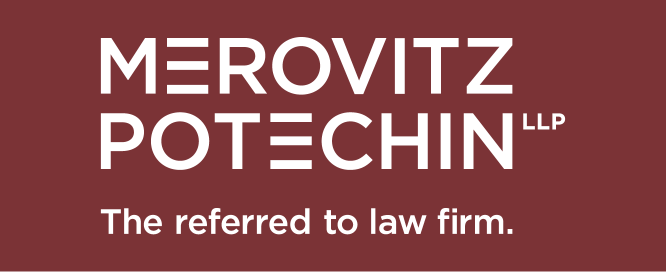Categories
How to Deal with Carbon Pricing

The federal carbon pricing regime will soon apply in more provinces across the country than it does not. Surely not a scenario envisioned or desired by the federal government but nonetheless the regime is alive in Ontario and will start to have real consequences for all industries in the coming years.
First, a quick description of the regime. The federal Greenhouse Gas Pollution Pricing Act includes both downstream (i.e. consumers) and upstream (i.e. major industry) component. The often-decried carbon tax will apply to downstream emitters and is charged at the point of purchase of fuels. The upstream emitters like cement plants and steel mills will be subject facility-based emissions target (read: a 20% reduction in a likely inflated baseline emissions profile) and will participate in an emissions trading regime that will, theoretically, allow for lower overall compliance costs.
Carbon costs will flow to the consumer in two ways depending on the context. First, the tax will incorporate direct carbon costs into the fuels we purchase. Second, the price of other goods (i.e. other than fuels used by the consumer) will increase based on the costs of compliance paid and passed on by upstream manufacturers and primary industries.
Theoretically, goods that emit less in their production or use should have lower overall carbon costs and therefore a lower overall purchase price compared to higher-emitting competitors or alternatives.
But how do we know what carbon costs we’re paying? With the tax, it is clear when and how much tax we are paying. But with other goods, it is next to impossible to know what part of a good’s price relates to the upstream carbon costs passed on by the producers and manufacturers.
The conditions are ripe for abuse and price gouging. Similar to steel tariffs, carbon prices can be a shield allowing companies to inflate costs under the guise of regulatory compliance. For example, where 3 widget makers are facing regulatory compliance costs, you could have company A that pays $10 in carbon compliance costs, company B that pays $30 and company C that pays $50. Company C passes on the $50 to a manufacturer who then adds in for transportation and additional manufacturing related carbon costs and passes those on to the supplier who, after adding in some additional costs for transportation emissions, passes all the carbon costs on to the consumer. But what about company A or company B? How much to they increase their prices?
The potential is that these lower emitting company maximize profits and charge just under what their highest emitting competitor is ultimately passing on to consumers. In the chain of carbon costs created by the regime, it will be difficult if not impossible to suss out or identify inflated costs from across the supply chain.
How do you protect against this? Information. Transparency will be key and is currently lacking in most supply arrangements. Developers, builders, property managers and suppliers will need to work together to ensure that carbon costs can be identified and appropriately tracked as far back through the supply chain as possible.
With proper information, actors in the construction industry can make better choices and perhaps negotiate better prices. Some materials that carry a high amount of ‘embodied’ carbon (i.e. upstream carbon costs) include ABS piping, framing timber, structural steel, and concrete. With proper information, firms can make the appropriate moves to limit their exposure to increasing carbon costs.
Unfortunately, most small to medium sized actors are not likely to be able to force accounting and disclosure from suppliers. Those large actors, however, may have the leverage to force disclosure of upstream carbon costs which will hopefully fuel a change across the sector. At the very least, the industry as whole should be able to spark a dialogue towards more transparent accounting of carbon costs in building materials.
While the industry waits for this change, small to medium firms will need to focus at least some investment on gathering as much information as they can to establish the carbon footprint of their firm and their products or services. Firms that invest early in this information, will be able to cut costs and use carbon pricing to gain a competitive advantage in the marketplace.
This article originally appeared in the July 2019 issue of Ottawa Construction Association’s publication, Construction Comment Magazine.
The content on this website is for information purposes only and is not legal advice, which cannot be given without knowing the facts of a specific situation. You should never disregard professional legal advice or delay in seeking legal advice because of something you have read on this website. The use of the website does not establish a solicitor and client relationship. If you would like to discuss your specific legal needs with us, please contact our office at 613-563-7544 and one of our lawyers will be happy to assist you.








